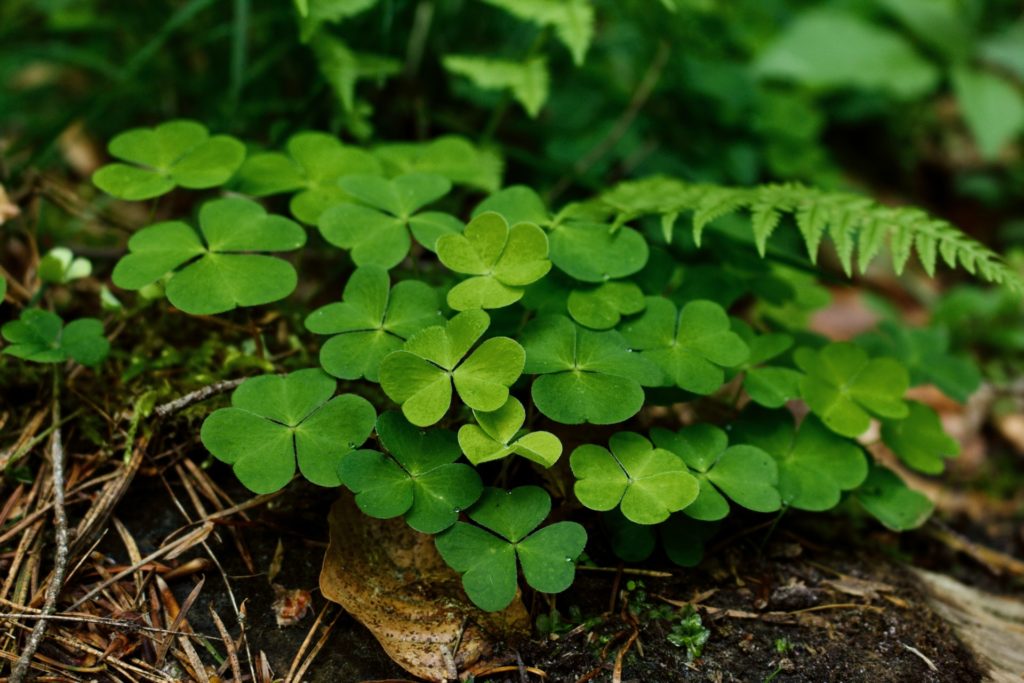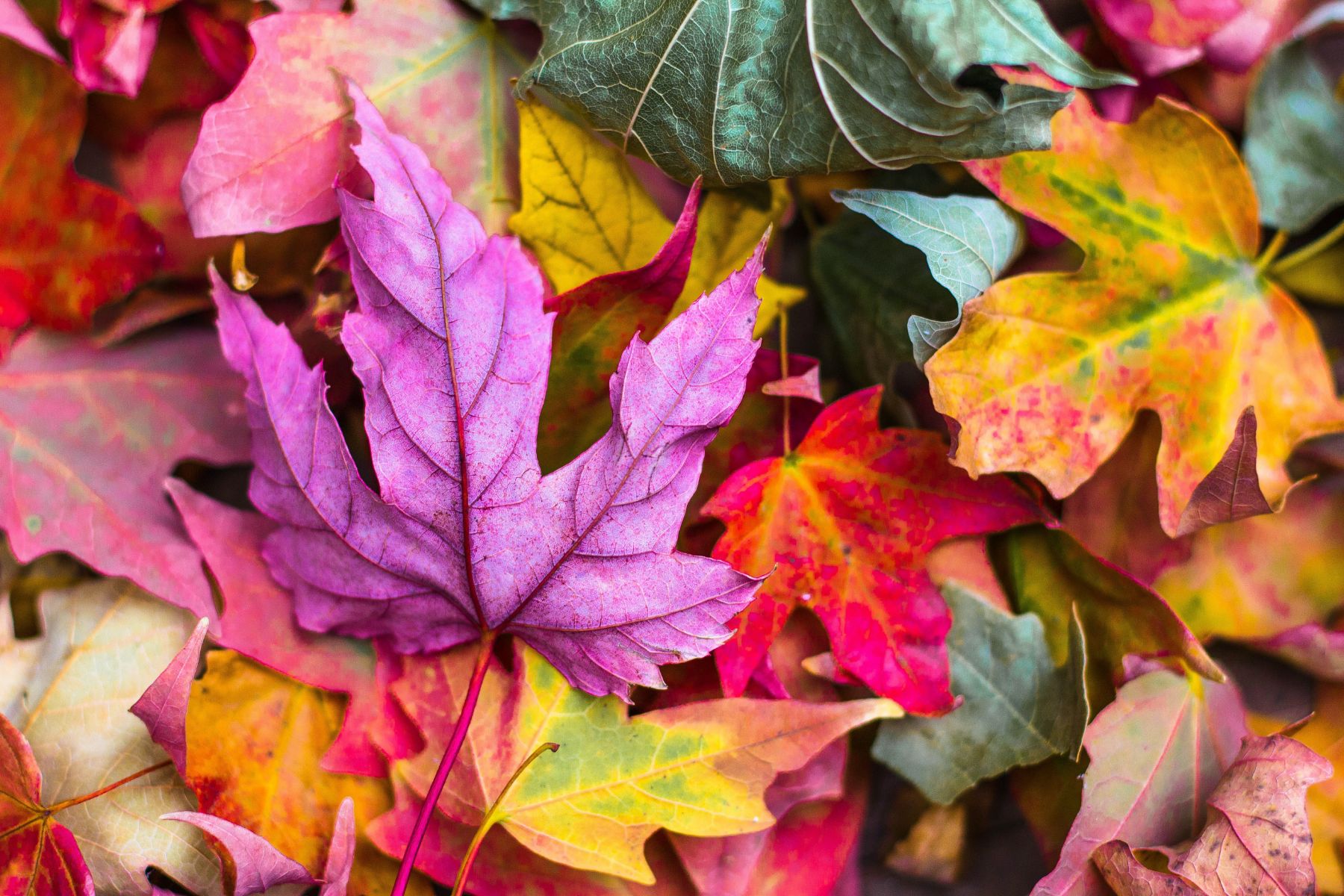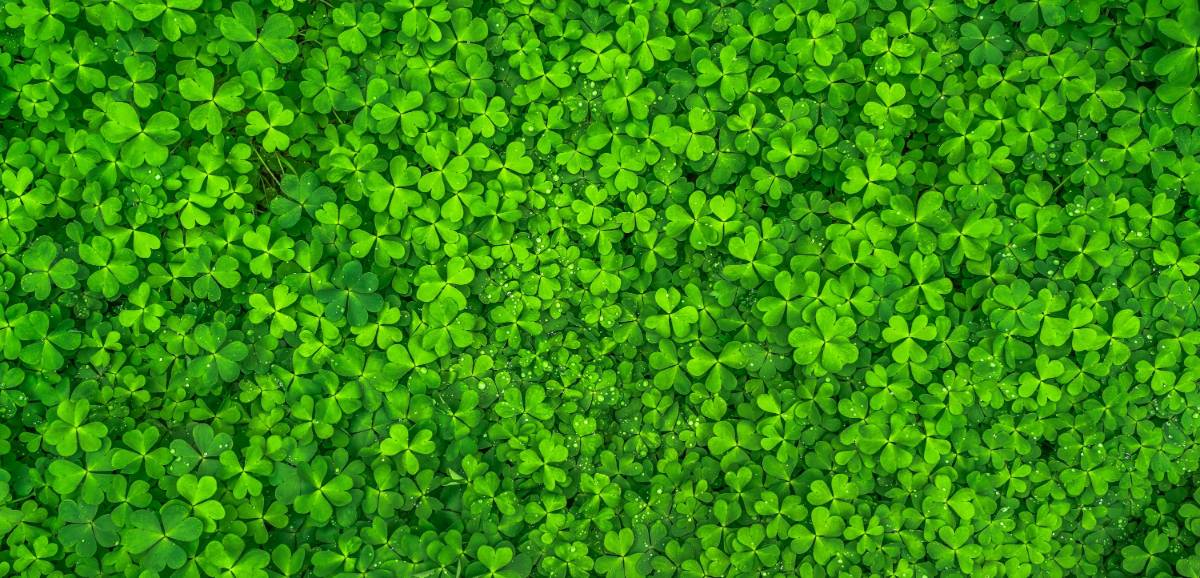For many homeowners, finding clovers on the lawn can be a bit confusing. Many people aren’t sure if they’re something to let go or a nuisance they should remove. We’re here to unpack the truth about the clover and the effects they have on your lawn.
The Basics
What is a clover anyways? Clovers, of the genus Trifolium, are a perennial species in the pea family. Clovers occur in most temperate and subtropical regions of the world – probably including your backyard.
Clovers are generally short-lived herbs and feature their compound leaves, usually seen in threes but more rarely found in fours. White Dutch Clovers are the most commonly found clover in lawns and are probably what you see in your area.
And they’re lucky why?
Although clovers themselves aren’t considered lucky, the four-leafed clover became known as lucky simply because of its rarity. Have you ever found one?
Pros
- Clovers are an important nectar source for insects that pollinate, including bees. The global bee population is decreasing, and any support to their ecosystem makes an extremely important impact on our shared environment.
- Clovers can also add significant improvements to the health of your lawn’s soil. Clovers act as a natural fertilizing agent by transferring nitrogen compounds from the atmosphere into the soil. Healthy soil equals healthy grass.
- Clovers are highly palatable to livestock and provide valuable nourishment in either the green or the dry stage. If you have grass-fed animals on your land, clovers may be one of their favorite meals.
Cons
- Clovers actually stain clothing more than grass. For those who have kids playing in the yard, this could be a consideration. Plus, not everyone enjoys the look of clover in their lawn.
- Clovers are less durable than grass making them not the best option for high trafficked areas. Clover must be mixed with grass to be strong enough for playing fields or areas that get a lot of wear and tear.
- Reseeding may be required every four to five years. If you want to keep an even lawn color, this is why reseeding may be necessary.





